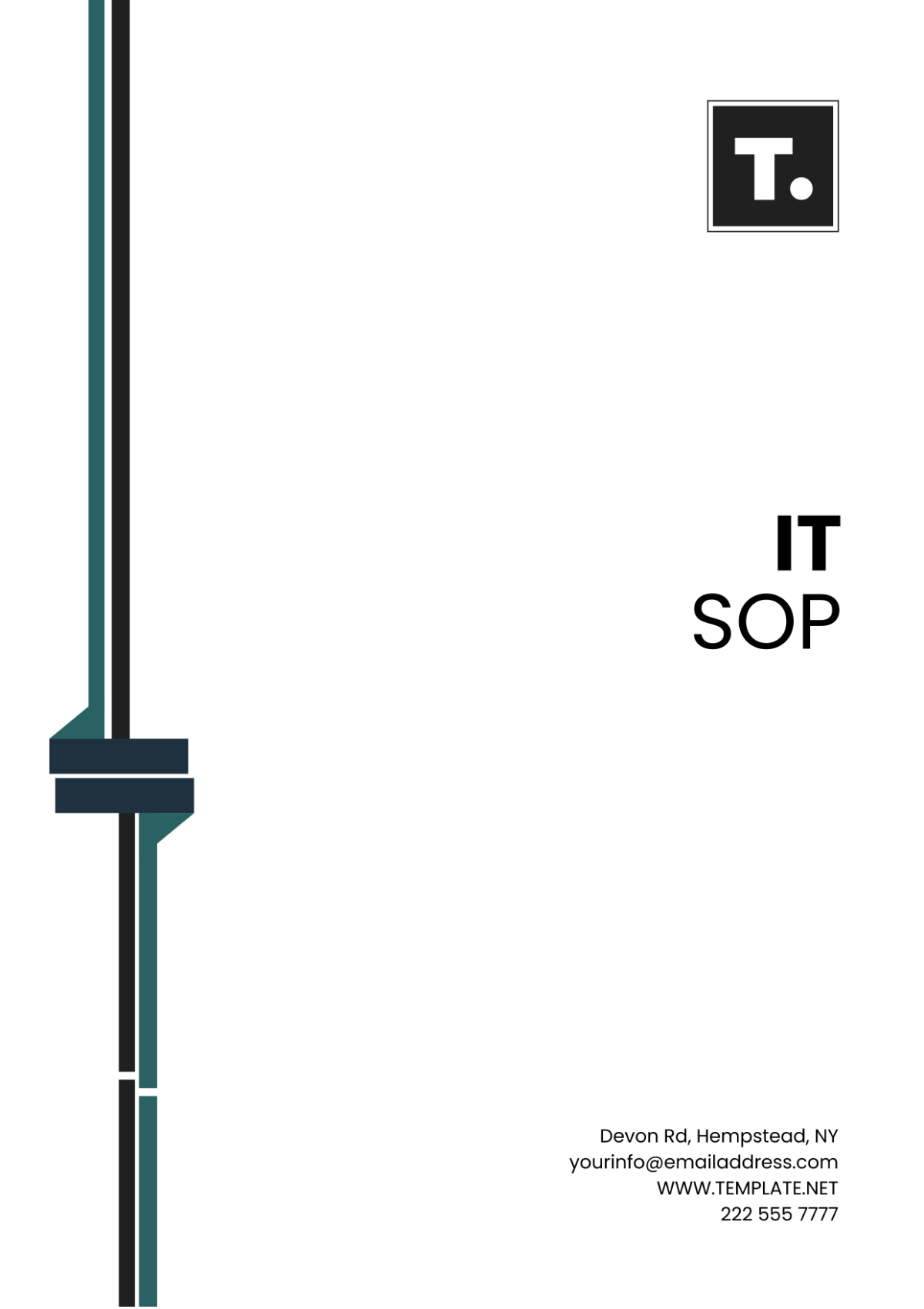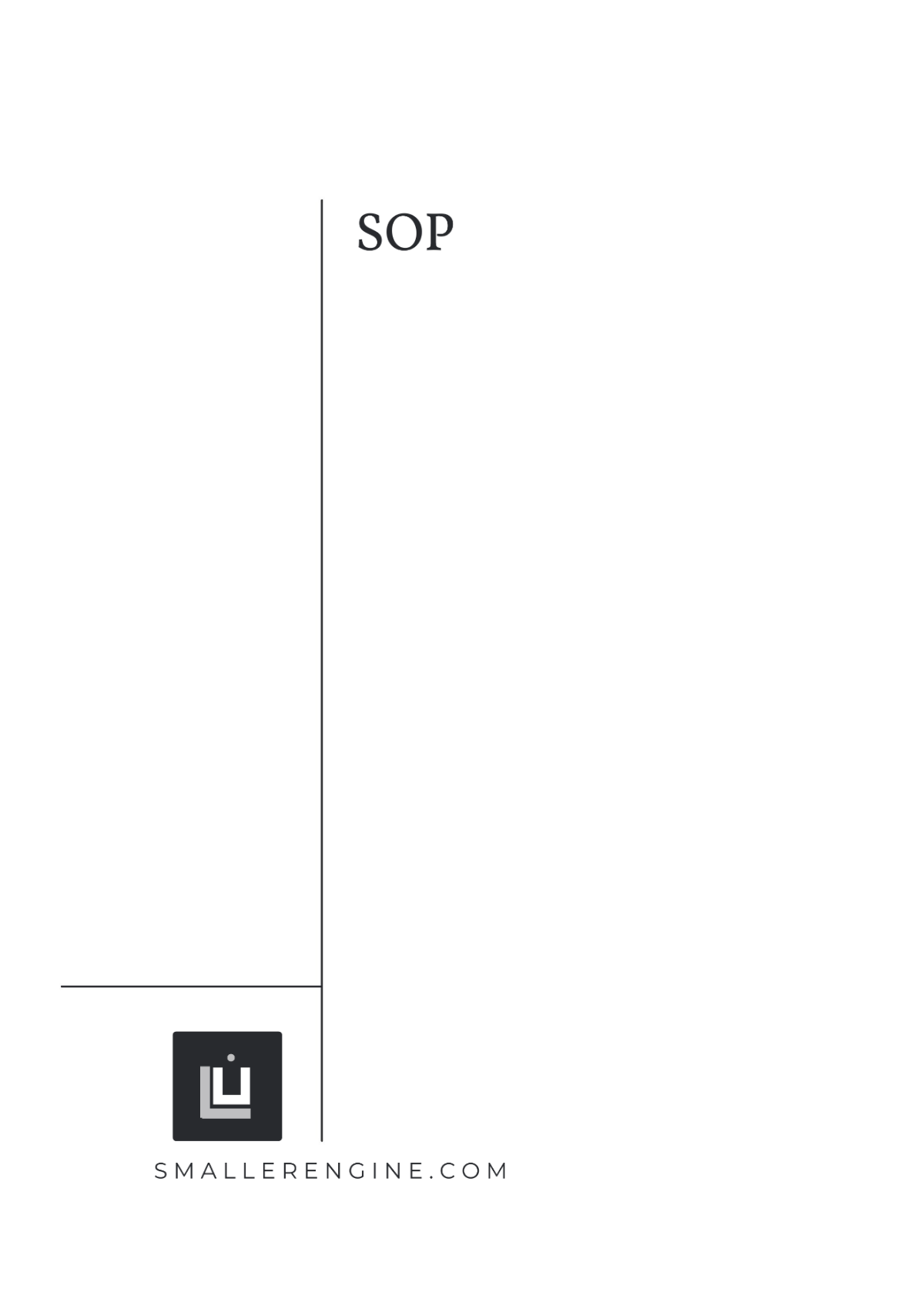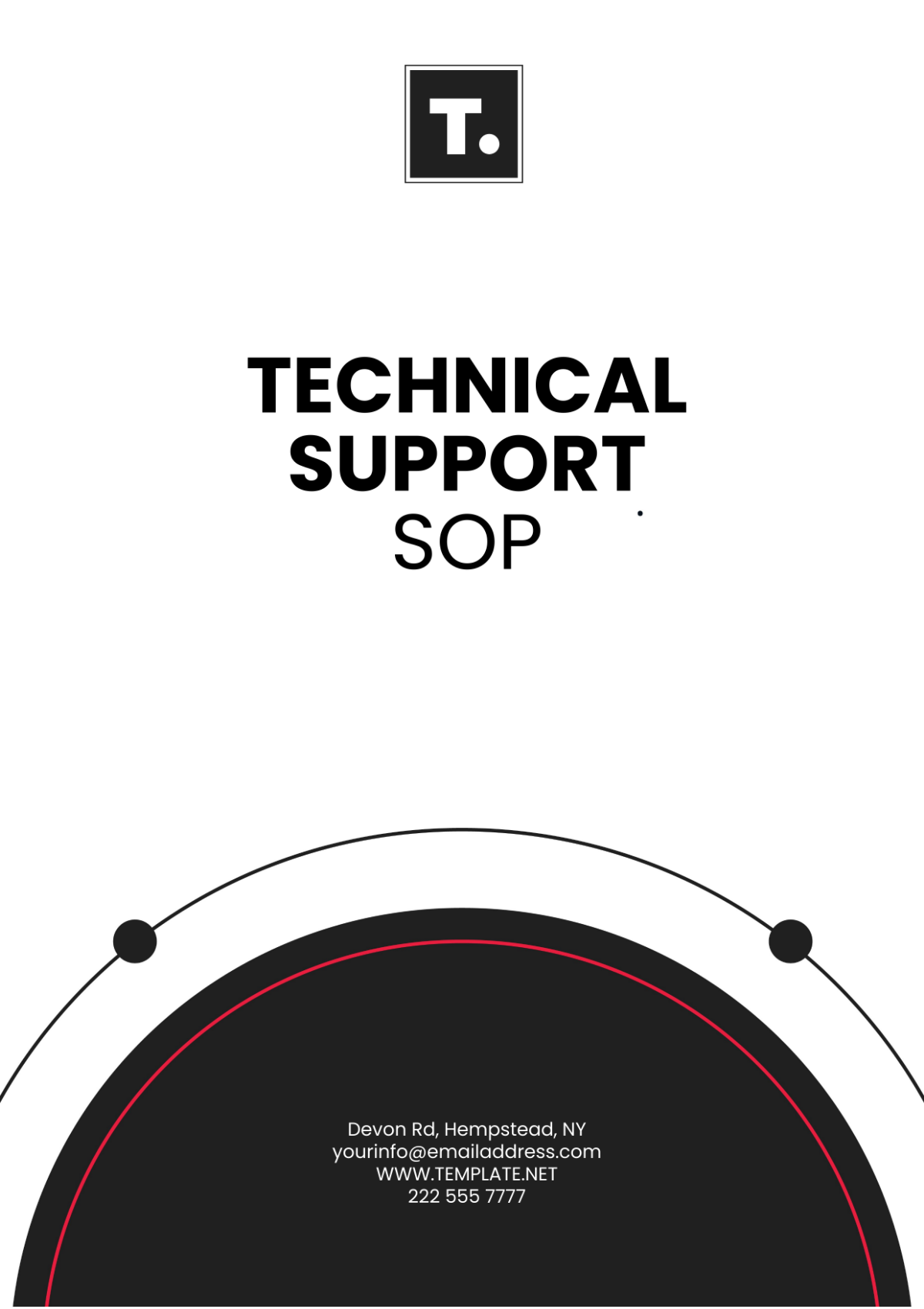Air Force Standard Operating Procedure (SOP)
I. Purpose
This Standard Operating Procedure (SOP) aims to offer comprehensive guidance and explicit instructions to Air Force personnel engaged in diverse operations, ensuring standardized application, continual safety, and effectual conduct across tasks. It aligns with the objectives of standardizing activities, amplifying productivity, reducing mistakes and misunderstandings, and preserving the well-being of all individuals involved.
II. Scope
This Standard Operating Procedure (SOP) applies to every individual who serves in the United States Air Force. This includes pilots who operate the aircraft, ground crew who are in charge of maintenance and support, administrative staff who manage offices and paperwork, and commanders who have decision-making power. These personnel, who are involved in executing daily operational duties and performing tasks that are essential for mission success, are all covered under this SOP.
III. Responsibilities
Commanders
The people who belong to their respective units are the ones who hold the responsibility for ensuring the implementation of the Standard Operating Procedures and enforcing these guidelines within their unique individual units.
Supervisors
Make sure that the personnel who are under their supervision have been thoroughly trained on the Standard Operating Procedures (SOPs) and that they strictly adhere to these SOPs.
Personnel
It is important to verify that there is strict adherence to standard operating procedures (SOPs) to maintain the necessary operational standards. Taking these precautions is crucial to guarantee safety in the environment. Such dedication to these guidelines and precautions will prove beneficial in maintaining and ultimately, ensuring operational consistency and safety.
IV. Procedure
4.1 Pre-Operation Procedures
Conduct pre-flight checks according to aircraft-specific checklists.
Inspect and maintain equipment and facilities as per maintenance schedules.
Review mission objectives, weather conditions, and operational parameters.
4.2 Operational Procedures
Execute tasks and operations according to established protocols and guidelines.
Communicate effectively using standardized radio procedures and codes.
Monitor equipment status, fuel levels, and operational parameters during missions.
4.3 Emergency Procedures
Follow emergency response protocols in case of aircraft malfunctions, accidents, or hostile threats.
Coordinate with ground control and support teams for emergency assistance and evacuation if necessary.
4.4 Post-Operation Procedures
Perform post-flight checks and inspections as per aircraft-specific guidelines.
Document mission data, including flight logs, equipment status, and any incidents or observations.
Report any discrepancies or issues to appropriate authorities for further investigation and corrective action.
V. Training and Compliance
Regularly holding training sessions and drills is essential to ensure all employees are familiar with the relevant SOPs and emergency protocols. It is equally important to keep a thorough record of each individual's training accomplishments and adherence to the SOPs. These records are invaluable for audit and evaluation purposes, allowing us to gauge the training's effectiveness and compliance level, and thus enabling us to make any required enhancements.
VI. Documentation
Ensure that there are consistently updated versions of this Standard Operating Procedure (SOP) and any related procedures readily available to all personnel at all times. Additionally, it is vital to regularly review and update these SOPs. This routine review aims to incorporate any changes in the standard regulations, advancements in technology, or alterations in operational requirements. Remember, the purpose of these steps is to maintain optimal efficiency and compliance within the workings of our operations.
VII. Approval
This SOP is hereby approved on the date specified below

[Approver's Name]
[Approver's Role]
[Approval Date]

















































